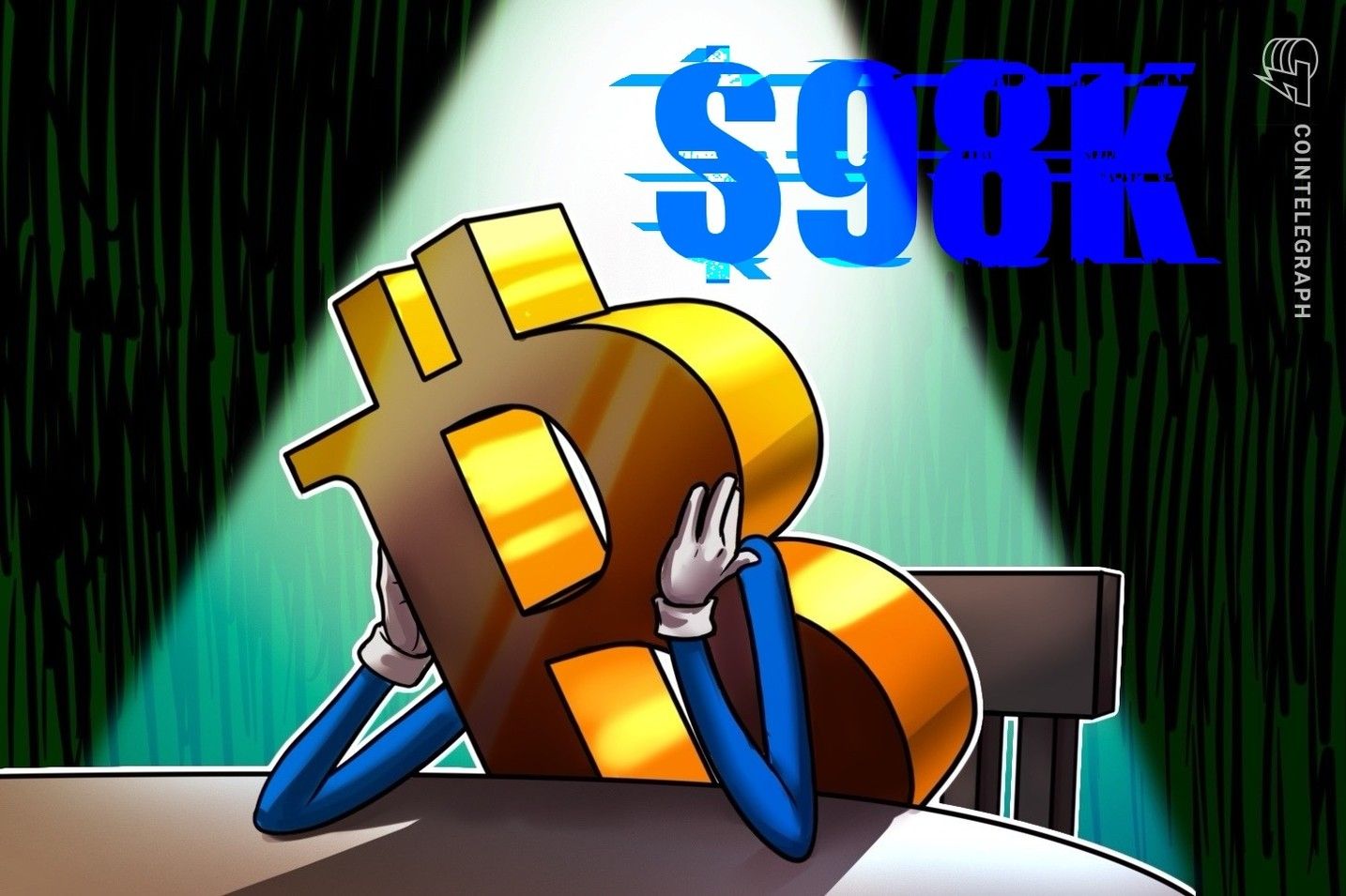Global markets stumble at the start of September as the sell-off of long-term government bonds in developed countries accelerates
The international financial market ushered in a gloomy start to September. As the US market resumed trading after a long weekend, the prevailing bearish sentiment intensified the wave of sell-offs in long-term bonds across developed countries. The yield on the US 30-year Treasury bond approached the psychological threshold of 5%, the yield on Japan's 30-year government bond hit a multi-decade high, the yield on the UK's 30-year gilt climbed to its highest level since 1998, and the yield on France's 30-year government bond surpassed 4.5% for the first time since 2009.
Ipek Ozkardeskaya, Senior Analyst at Swissquote Bank, pointed out that the driving factors behind this wave of long-term bond sell-offs include market concerns over the ballooning scale of sovereign debt and the political obstacles faced by countries in implementing fiscal tightening policies. The continued rise in long-term bond yields in developed countries reflects deep-seated doubts in the market regarding debt sustainability and the effectiveness of policy measures.
Disclaimer: The content of this article solely reflects the author's opinion and does not represent the platform in any capacity. This article is not intended to serve as a reference for making investment decisions.
You may also like
The most important crypto moments of the year

Bitcoin falls to $98K as futures liquidations soar: Should bulls expect a bounce?

Ether’s chance of turning bullish before 2025 ends depends on 4 critical factors

Mars Morning News | ZCash shielded pool assets reach 23% of total supply, network usage surges
The potential end of the U.S. government shutdown means the SEC and CFTC will resume crypto regulatory work. The SEC may prioritize support for tokenization businesses, while the CFTC plans to promote spot crypto trading. The Hello 402 contract has been exposed to risks of unlimited issuance and centralized manipulation. The probability of a Fed rate cut in December is 69.6%. Summary generated by Mars AI. The accuracy and completeness of this summary are still being iteratively updated by the Mars AI model.

